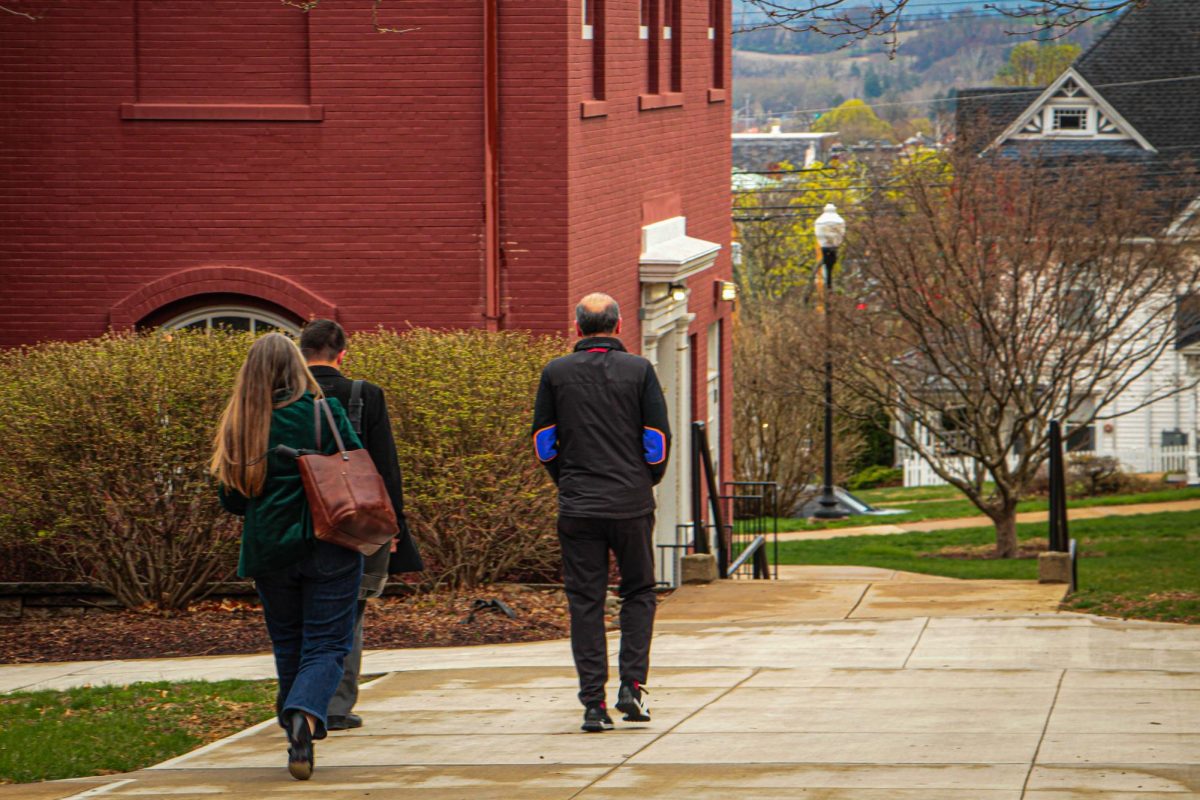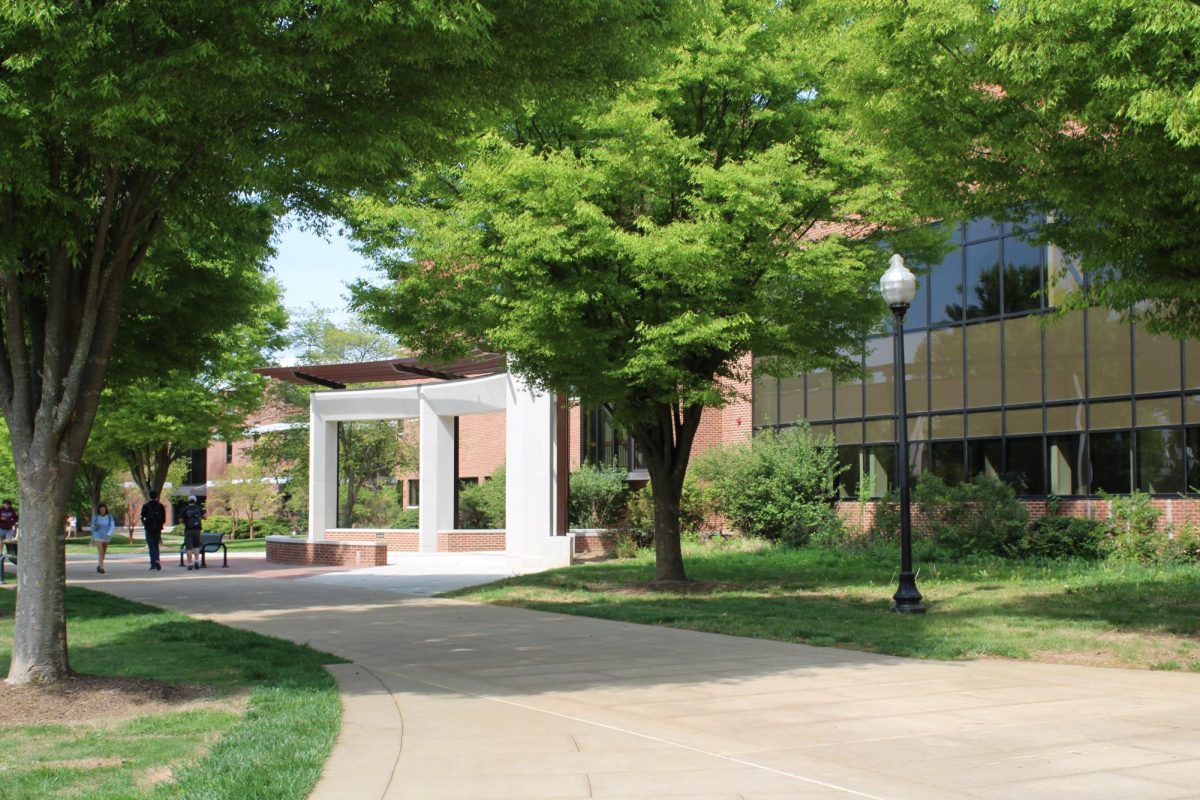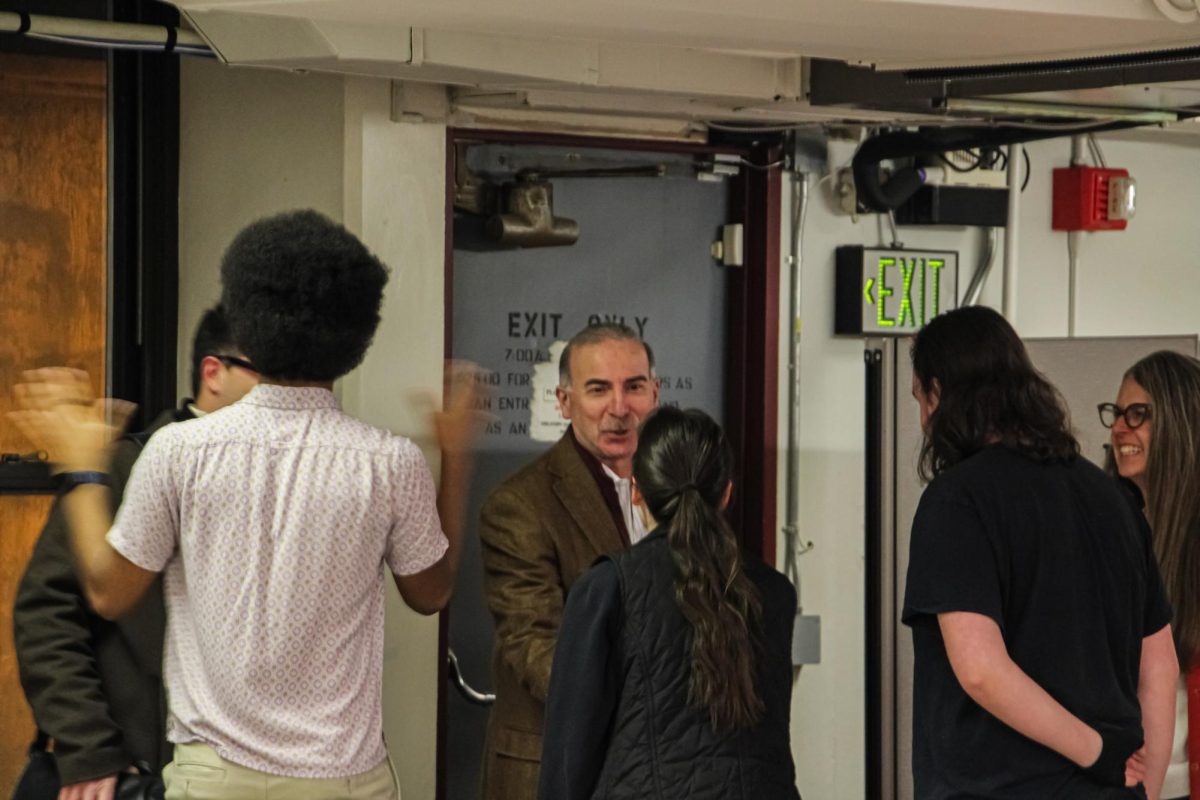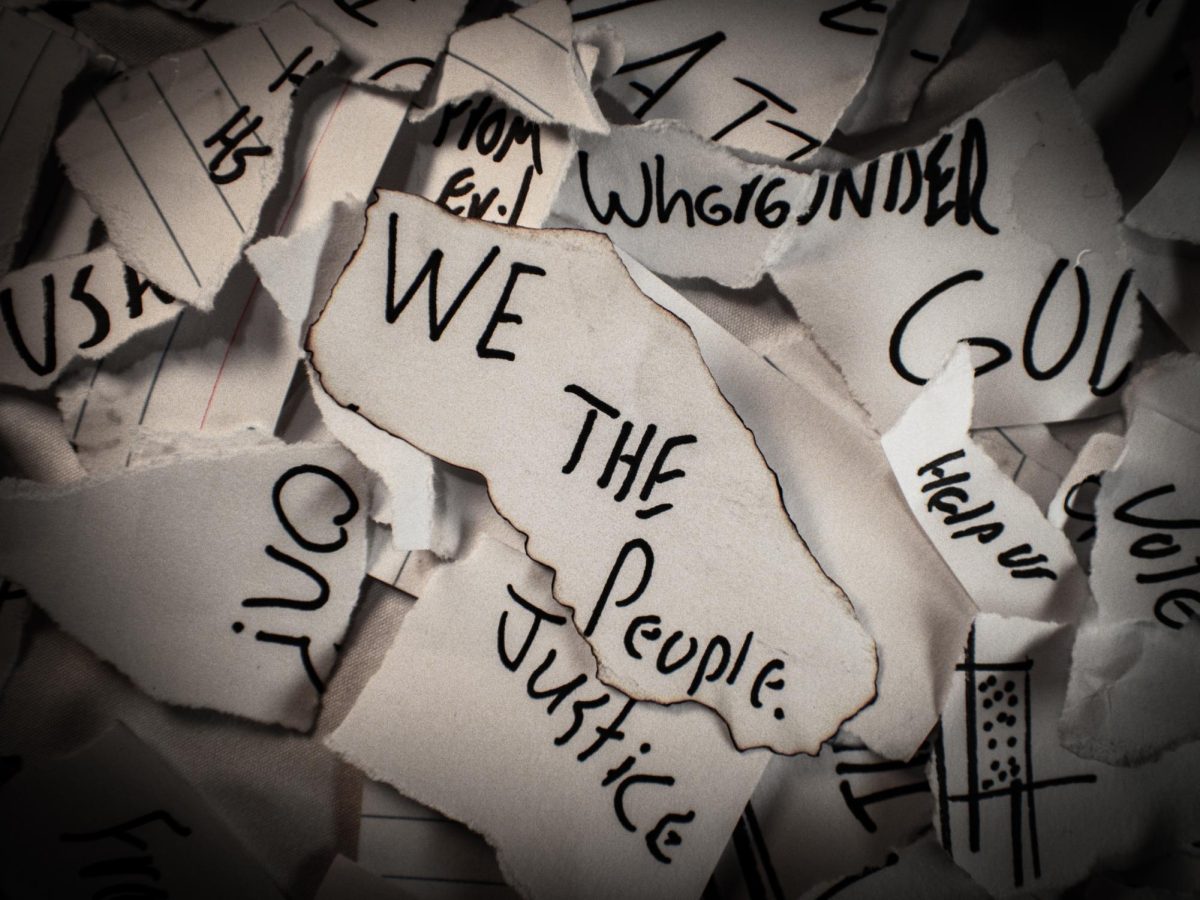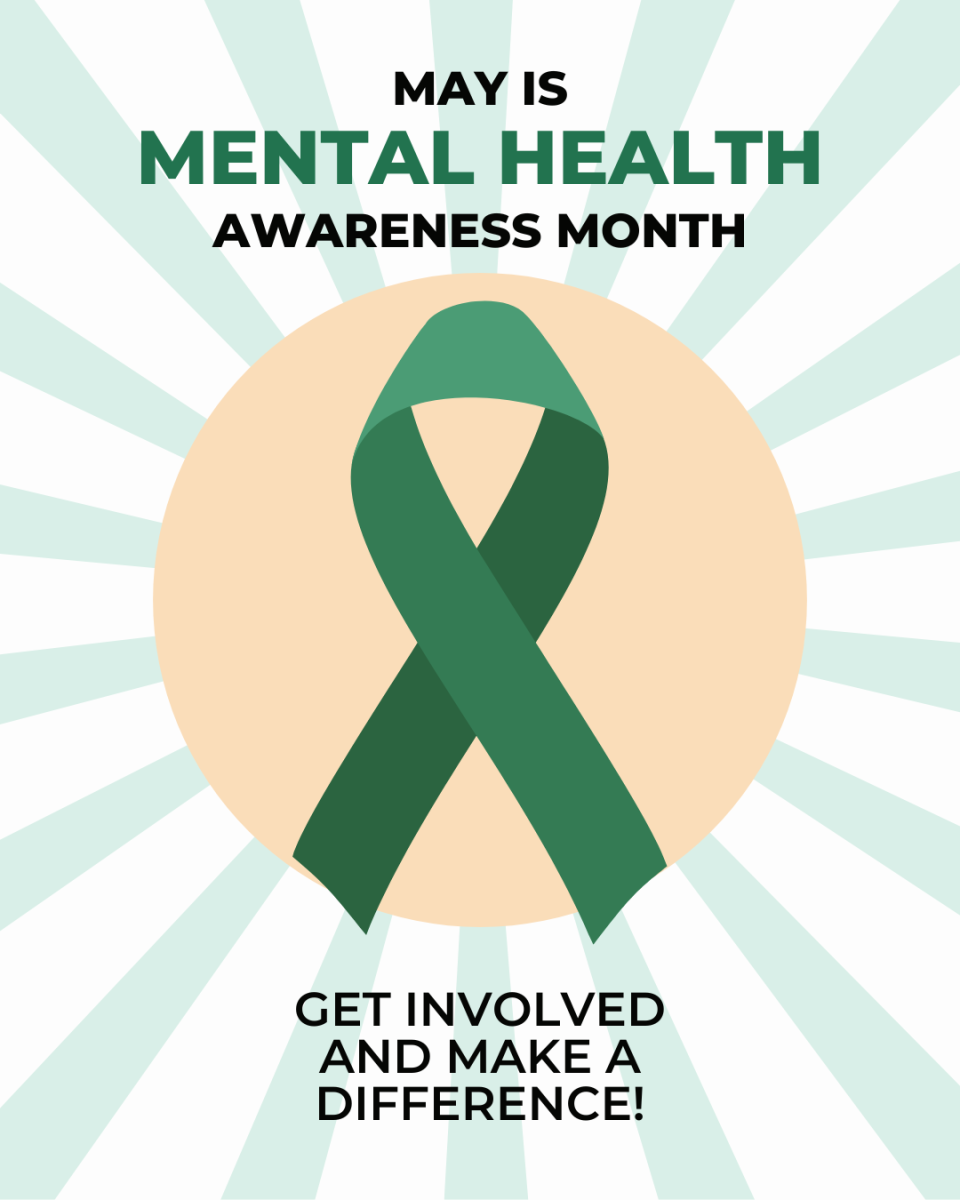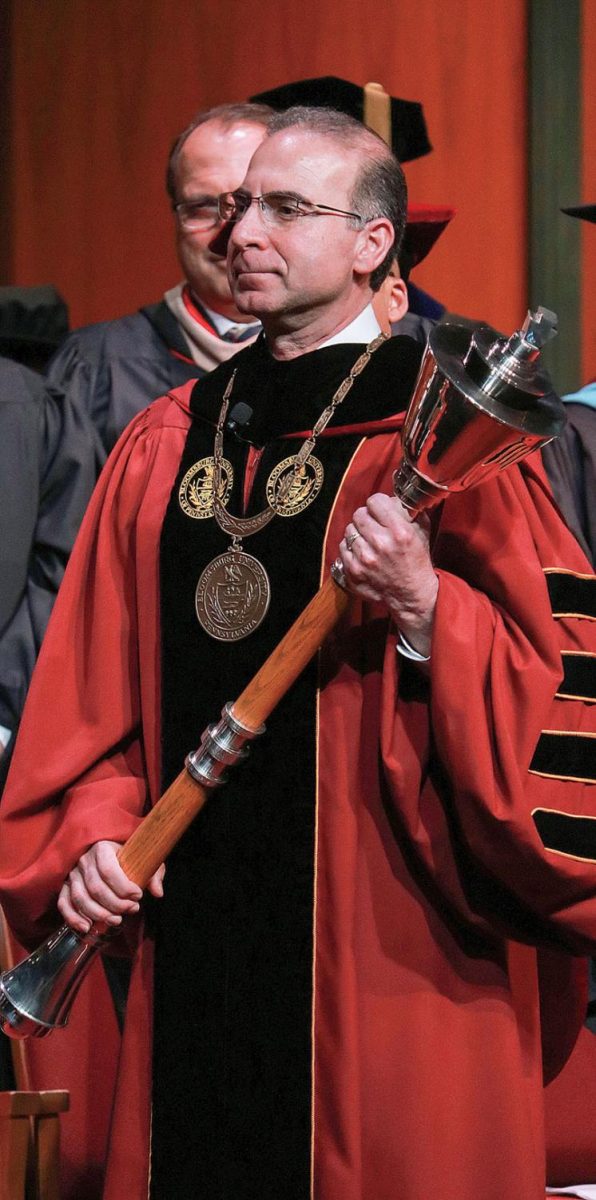A cultural phenomenon has taken the Internet by storm, and it just so happens to be the rebirth of the romantic comedy.
The 80’s, 90’s and early 2000’s were the primetime for rom-coms. From the 1987 fan-favorite “The Princess Bride” to 1999’s “10 Things I Hate About You” to 2011’s “Bridesmaids,” we’ve had our fair share of romantic comedies to indulge in.
While we can appreciate these movies for what they are, in our current culture, it’s impossible not to acknowledge the drawbacks to these films in the realm of sexism and cultural diversity.
Earlier rom-coms are known for portraying women as a “prize” to be won. Take, for instance, the previously-mentioned “10 Things.” The entire premise of the movie is a little convoluted, being paid to date a girl and whatnot.
This raises red flags because not only are the men deceiving the women, but there is also a set assurance that said girl will not be able to resist this boy, and thus will easily fall for this trick.
For the girls in these movies, to fall for the charms of the boy without a second thought just reasserts the notion that the female brain is clueless and will adhere to just about anything.
Of course, the idea of women as objectifiable is not the only issue found in these older rom-coms. There is also a severe lack of diversity.
If you look up Rotten Tomatoes’ 50 Best Romantic Comedies list, almost every single cast member in these movies is white. There are rarely any diverse characters, unless you count some random side character, such as Bianca’s best friend in “10 Things.” Imagine young people growing up and only seeing one race in a particular role.
What sort of message does that portray? As numerous online articles have pointed out, are only some people allowed to have happy endings?
It wasn’t until last year’s “The Big Sick,” starring and co-written by Kumail Nanjiani, that any attention was given to a romantic comedy with a non-white lead. How people are represented in these movies is extremely influential to our country’s culture. So far, 2018 might very well just be the year of the rom-com.
Earlier this year, we saw “Love, Simon” hit the big-screen, which featured a gay male lead in a predominately heteronormative genre. Then came “Crazy Rich Asians,” which had virtually an entirely non-white cast.
In August, we got with another teen rom-com, “To All the Boys I’ve Loved Before.” This movie ignited an expansive Internet buzz about this new generation of rom-coms. It has an Asian-American lead, a male lead who respects the main character’s boundaries and is more than just a dumb, hot jock.
The father is a gynecologist, but he isn’t overprotective of his daughters and expects them to be interested in romantic partners. The female characters share a loving bond that is often uncommon in rom-coms.
It’s women empowering women, and it’s also taking your typical romantic-comedy trope (fake dating) and modernizing it so that it actually represents what real relationships are like.
Those are the most important parts of this new wave of movies: diversity, representation and empowerment.
If we are consistently presented artworks with characters that might identify differently than we do, we can start to understand and appreciate one another. With this resurgence of the rom-com, it is imperative that other genres continue to step up their game to create inclusive fictional worlds for all of us to treat ourselves to.

